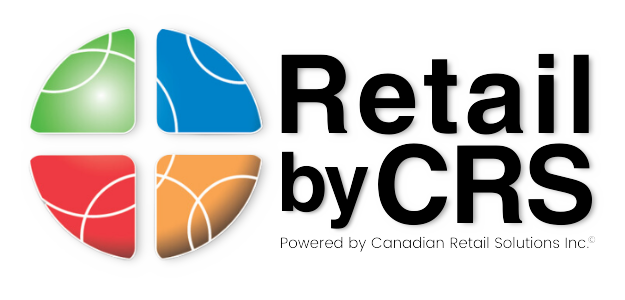6 Simple, Yet Effective Tips for a Retailer to Begin Implementing Sustainability into their Business Model
The definition of sustainability (and yes, I recognize the cliche of starting off an article with a definition) can refer to many different things – business processes, consumer spending, economical growth. In this context, we’re referring to sustainability as refraining from diminishing natural resources in order to maintain an ecological balance. Put into simpler terms, it’s the act of being environmentally friendly. Another term you may often hear when referring to sustainable retail is circular economy. The Wealthy Retailer® podcast recently released an episode on the circular economy. If you haven’t already listened to it, take a moment to check it out, as Dan dives a little deeper into the circular economy concept.
Eco-friendly alternatives are becoming increasingly popular across so many industries, it’s no wonder that the concept is evolving into retail. With sustainability becoming more important to the general public, it trickles down to the consumers’ decisions on where to purchase the goods they need and want.
According to the *Forrester Consulting study done on behalf of Shopify, 44% of consumers worldwide are more likely to purchase from a sustainable brand. That number will continue to increase as sustainability becomes more and more important to consumers, so implementing a sustainable retail plan into your business model will continue to increase in importance as well.
There are dozens of ways a retailer can become a sustainable brand, and most aren’t overnight (or cost-friendly) fixes that will yield immediate results in ROI.
With that in mind, we have a starting point right here for retailers to begin their journey! We’ve procured 6 simple, yet effective tips to get a retail business started in the right direction:
1. Go Paperless
Paperless receipt options are the best way for a retailer to implement a public facing paperless business model. Our favorite is email receipts, because it gives you an opportunity to capture a customer’s information that could potentially lead to future sales. Paperless business operations are also one of the best ways for a retailer to implement this strategy. Stop using filing cabinets and paper filing, and move onto a computer filing system.
2. Use Reusable Bags
This is a more obvious step that we’re already seeing in many places nowadays, especially grocery stores. Of course the cost of reusable bags is much higher than plastic, so if that’s not in the budget for your business, there are different steps you can take. Source a recyclable bag option, like paper, or encourage consumers to bring their own reusable bag with them and receive a small discount or a little gift with purchase. As long as you’re ditching the plastic, you’re on the right track!
3. Use Sustainable Packaging
According to that same Forrester Consulting study done on behalf of Shopify, 46% of consumers are more likely to purchase a product online if they can recycle the packaging. Sourcing recycled materials to package your products is a great step towards sustainable retail.
4. Recycle or Upcycle Old Goods
A lot of times, old goods and materials can be utilized by someone somewhere, even if it seems like garbage to you. Do some research on organizations or even just individuals who could make use of your old goods and materials and start donating to them, or maybe there could be some kind of trade involved that would benefit your own business.
5. Source Sustainable Products
This could refer to where you get your products manufactured, or the materials your products are made from. There are many different resources out there to source from, you just have to do the research for your particular product line, within your budget and possible location restrictions.
6. Reduce Energy Consumption
We’re not saying drop thousands of dollars on solar panels and switch over to solar energy (although…that WOULD be the ultimate end goal), but keeping your power consumption down in any possible way you can is a step in the right direction. Keep things unplugged when they’re not in use, reduce the amount of lighting you have in your store, use energy efficient bulbs, turn the lights off in bathrooms and offices when they’re not in use…any small way you can reduce your consumption makes more of an impact than you’d think!
At the end of the day, the ever popular 3 R’s – Reduce, Reuse, Recycle – should be implemented into a retailer’s business model as much as it would be into their own lives (or maybe a fraction more, depending on who you are).
* The Forrester Consulting study done on behalf of Shopify produced results for Shopify’s Future of Commerce 2022 whitepaper. Click here to download the whitepaper for free to read about more results from this study.








